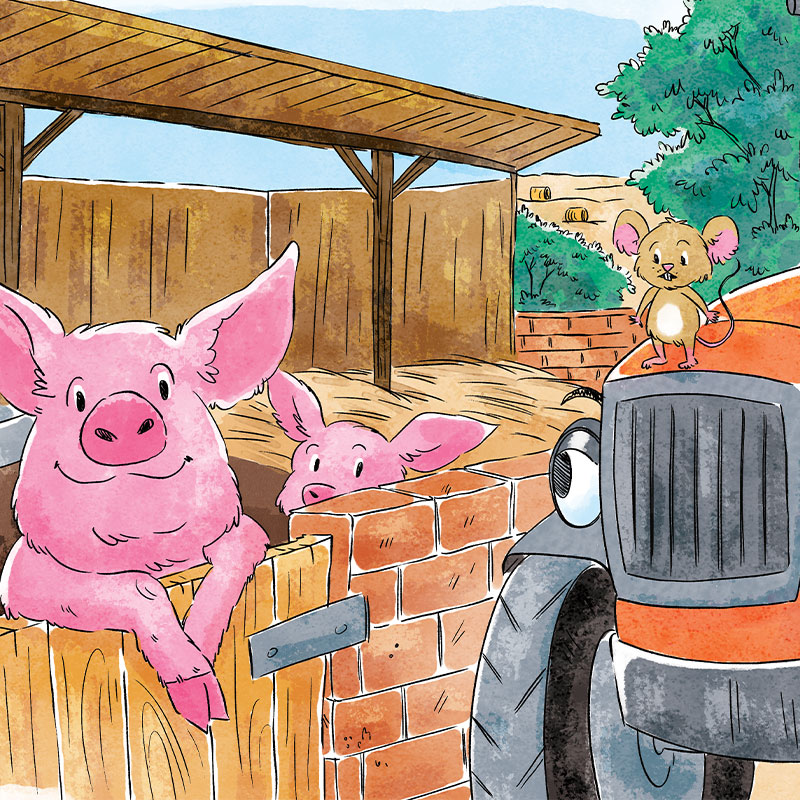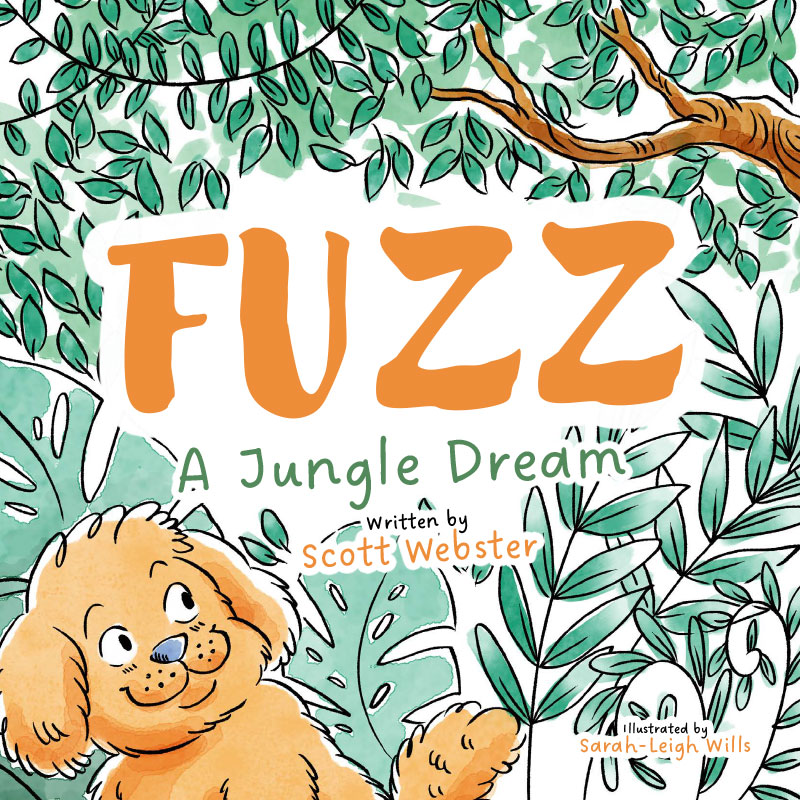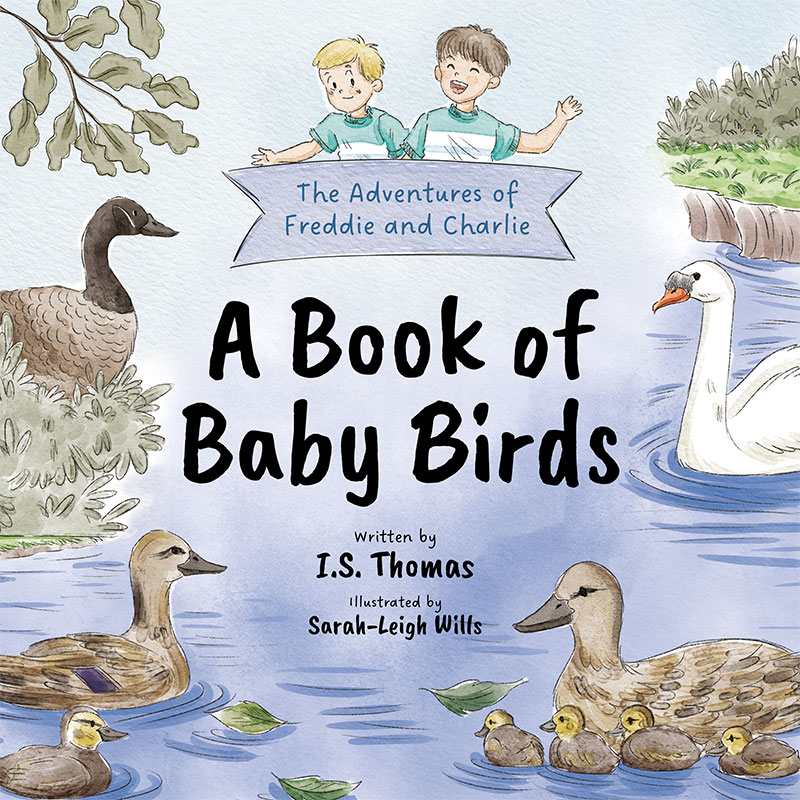Visual colours are an especially important part of learning for small children. When colour is used right in children’s books, it draws them into the visual aspect of the various colours on the pages and helps provide stimulation for their developing minds. Colour provides a powerful way of learning about the world. For a child, there is little that is more important than facilitating a love of learning. The presence of colour in children’s books invites them to explore the visual spectrum of the world around them and to learn about it in an engaging and memorable way.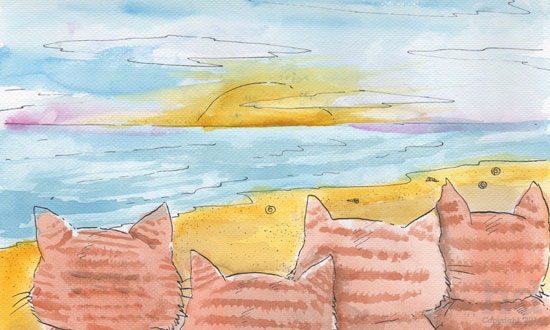
Stimulating Children’s Minds
Early learning depends on stimulation of a child’s mind. Children need to experience the world around them and react to those experiences in a way that encourages further experiences and reactions, including repetition of stimulus like exposure to various colours. When bright colours are used in children’s books, children are more likely to start connecting what they see in the books with what they see in real life. The vivid colours hold interest and stimulate young minds to make associations that will become the building blocks for later learning.
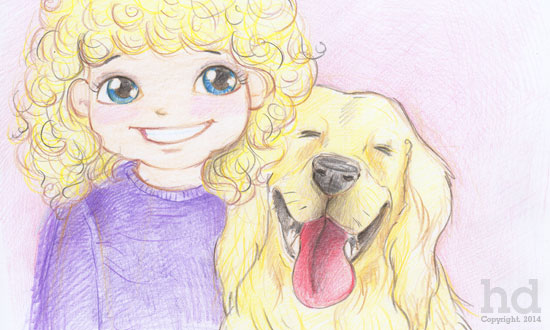
Introducing Colour Early
One of the earliest things that babies react to is colour. Newborns, even with their underdeveloped sense of sight, still perceive bold colours very well; black and red are especially recognizable for newborn babies. Even if you’re not reading books to your newborn (reading to newborns can be beneficial), you should still incorporate some strong colours into their environment through mobiles, clothing and toys.
Exploring Alternative Colours
Many children’s books use colour substitution to make the pictures brighter and more interesting. You might see a red duck, a purple penguin or a pink sky; this also provides stimulation for young minds because it encourages comparisons between what is real and what is not. Up until the age of six and even a few years beyond, it’s common for children to have trouble discerning between fact and fiction. Colourful books can help them begin making distinctions between what’s real and what isn’t. For instance, if there’s an orange tree with a purple trunk, you might start a small conversation about it. “Oh my, look at that tree! It’s orange and purple. Do the trees outside look like that?” This is especially effective with toddlers and slightly bigger kids.
Bring on the Colour
An introduction to colour is vital to the healthy development of a young mind. The stimulation provided during the very earliest stages of life can make a huge impact on later learning. By providing a range of stimuli that includes colourful children’s books, you can help your child become more aware of the world around them, and to explore it with confidence.

